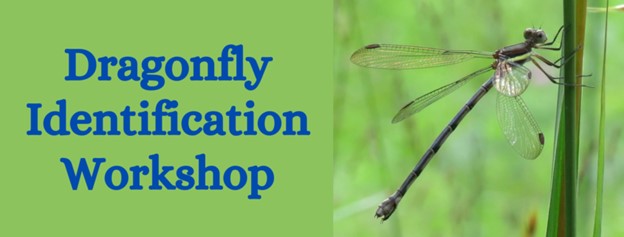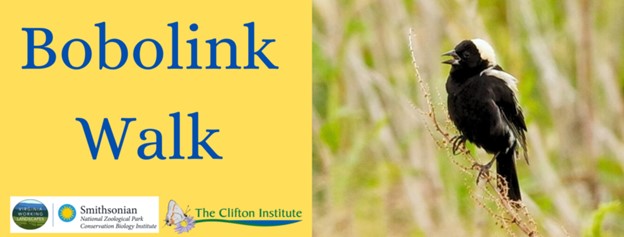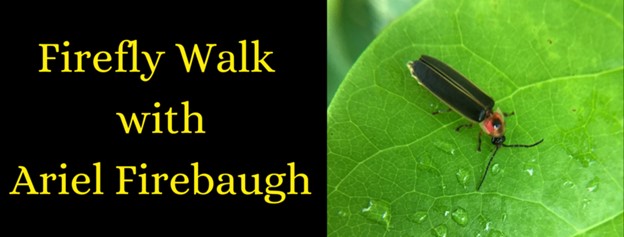Article and photo by FMN Margaret E. Fisher
Tool under development for amateur naturalists – created by FMN Margaret E. Fisher
For those of you who enjoy learning the names of the plants and animals that surround us, we are working on a spreadsheet to make it a little easier to identify Northern Virginia organisms. This tool is for people who have enough experience to take a reasonable guess at the identification of a plant, insect, or other organism but not enough to distinguish it from its lookalikes. Using iNaturalist can sometimes help, but only if you photograph the right part. The idea is to create a cheat sheet – one that can be referenced in the field – that highlights one or two features that can readily make the distinction.
For example, you might know enough about flowers to identify the two pictured here as Monkeyflower. One is Sharpwing Monkeyflower (Mimulus alatus) and the other is Allegheny Monkeyflower (Mimulus ringens). At first glance, they look very much alike, but the distinction becomes easy once you know that the former has a short flower stem and long leaf stem, and the latter has a long flower stem and no leaf stem at all. Similarly, you may already know that the terms Painted Lady and American Lady refer to butterflies, but you could use a reminder that the former has a band of small eyespots as opposed to the latter which has two large eyespots on the underside of the hindwing.
We are only just getting started on collecting information to fill in the blanks as people submit the results of their research. The spreadsheet will never be complete, but it will be fun to watch it grow as our familiarity with our non-human neighbors increases. To contribute your tips (or corrections, which are welcome and needed), email [email protected].
You can view the Google spreadsheet here.












